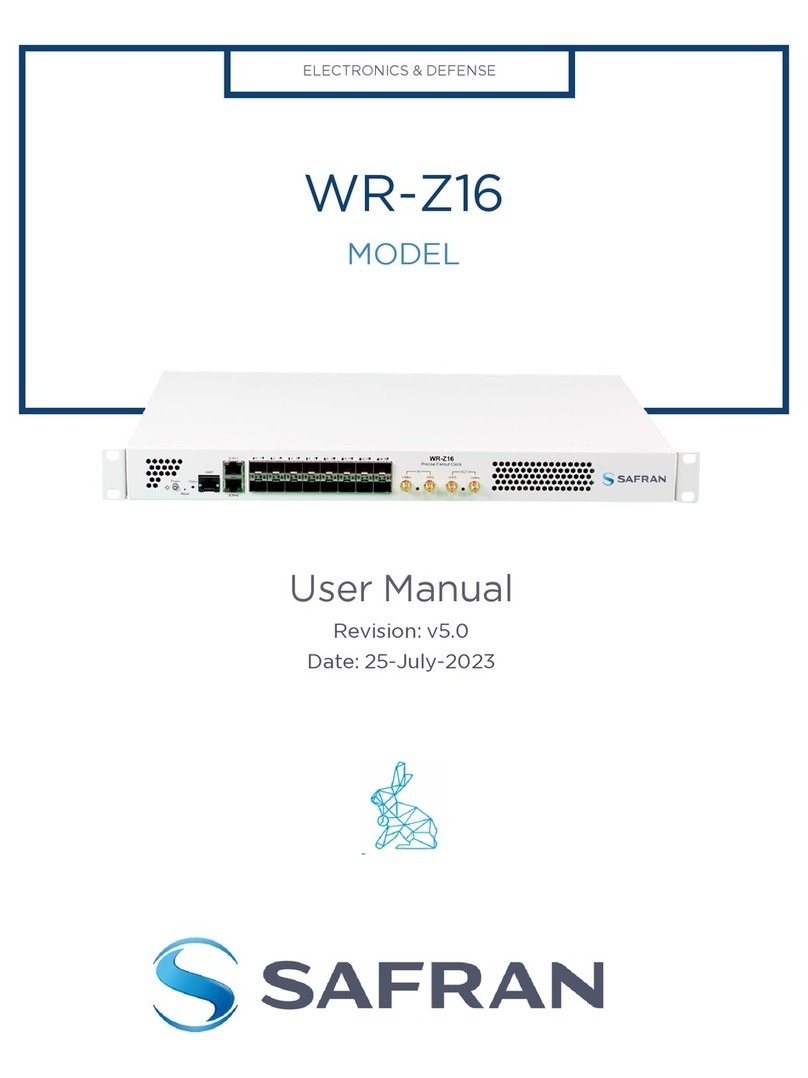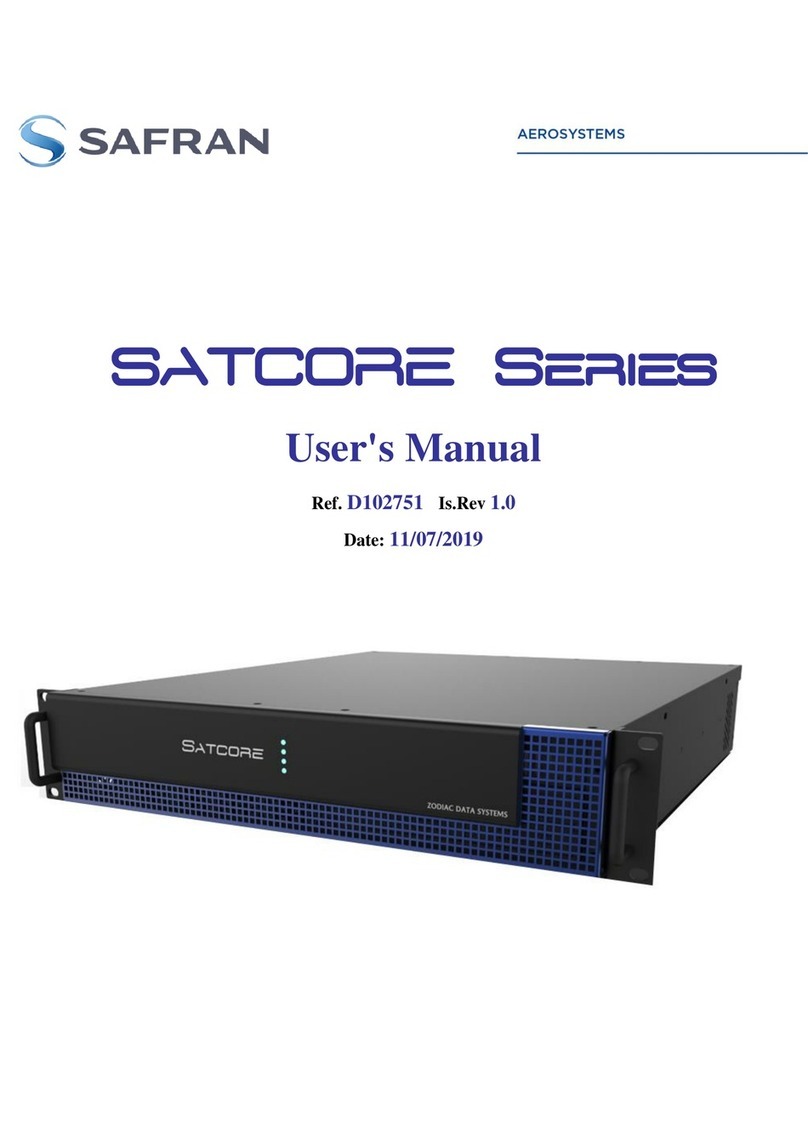
© 2023 Safran. All rights reserved.
Information furnished by Safran is believed to be accurate and reliable. However, no
responsibility is assumed by Safran for its use, nor for any infringements of patents or
other rights of third parties that may result from its use. Safran reserves the right to
make changes without further notice to any products herein. Safran makes no warranty,
representation or guarantee regarding the suitability of its products for any particular
purpose, nor does Safran assume any liability arising out of the application or use of any
product or circuit, and specifically disclaims any and all liability, including without lim-
itation consequential or incidental damages. No license is granted by implication or oth-
erwise under any patent or patent rights of Safran. Trademarks and registered
trademarks are the property of their respective owners. Safran products are not inten-
ded for any application in which the failure of the Safran product could create a situation
where personal injury or death may occur. Should Buyer purchase or use Safran
products for any such unintended or unauthorized application, Buyer shall indemnify
and hold Safran and its officers, employees, subsidiaries, affiliates, and distributors harm-
less against all claims, costs, damages, and expenses, and reasonable legal fees arising
out of, directly or indirectly, any claim of personal injury or death associated with such
unintended or unauthorized use, even if such claim alleges that Safran was negligent
regarding the design or manufacture of the part.
Safran Electronics & Defense
safran-navigation-timing.com
Safran Trusted 4D
• 45 Becker Road, Suite A, West Henrietta, NY 14586 USA
• 3, Avenue du Canada, 91974 Les Ulis, France
The industry-leading Spectracom/Orolia products you depend on are now brought to you by
Safran.
Do you have questions or comments regarding this User Manual?
èE-mail: techpubs@nav-timing.safrangroup.com
SecureSync 2400 User Manual I





























